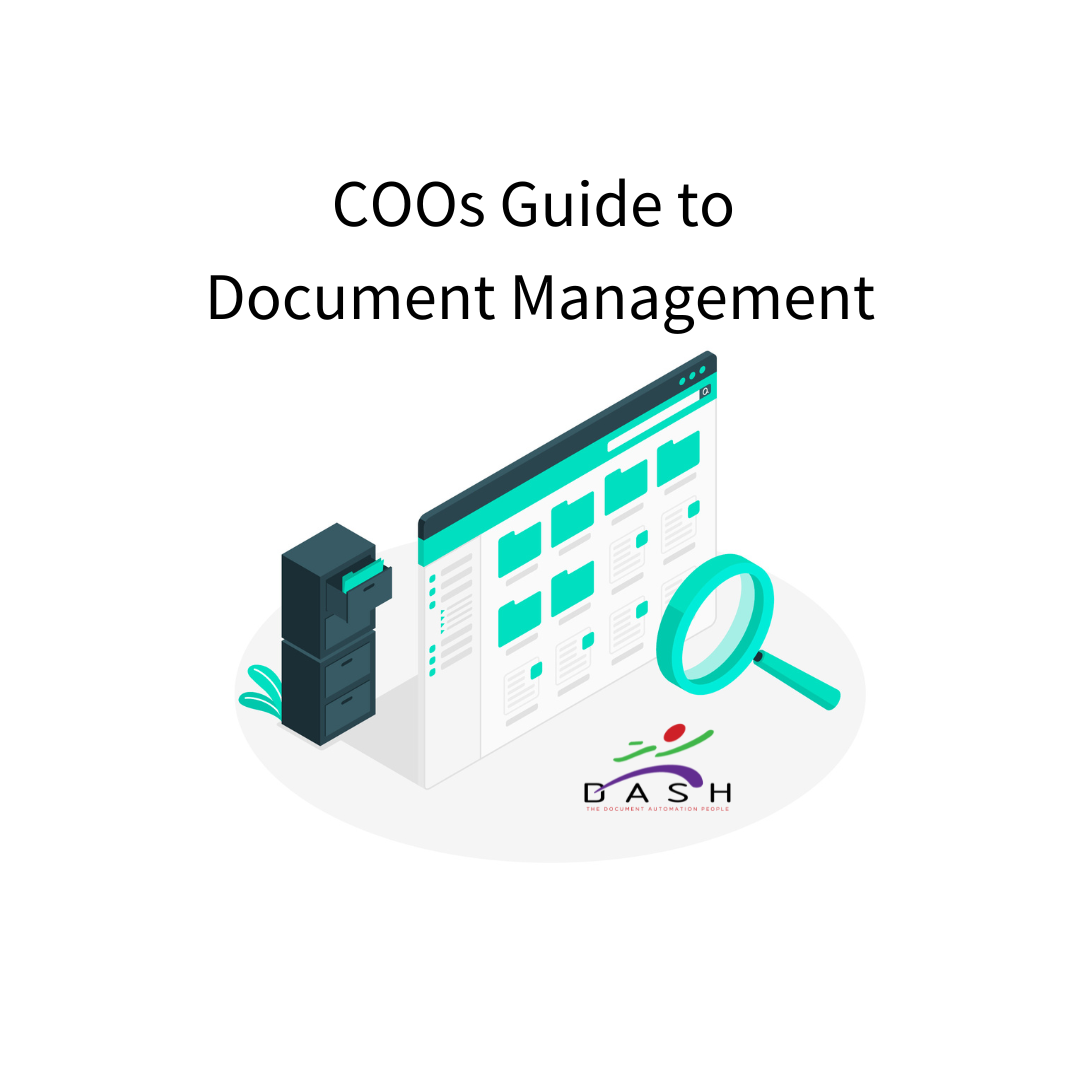Drive Digital Transformation
How Optimizing Your ERP Implementation Drives Digital Transformation
Adopting digital technology in your business is crucial to remain competitive today no matter the industry in which you operate. Digital transformation can improve your business processes, provide value to your employees and customers, and ultimately increase your efficiency and accuracy as a whole. But because the digital world has been and continues to expand exponentially, knowing where to start or how to get there – to that desired digital transformation – can be challenging.
Luckily, an ERP (Enterprise Resource System) can help get you there. Systems can be streamlined in order to maximize your business analytics, technology and lean manufacturing workflow to create efficiencies in your business. It could open up new revenue streams, and it can position you as a technological leader in your industry.
You might be wondering where to start? Let’s get back to the basics in understanding the fundamentals of a successful ERP implementation.
Dash is partnering with PositiveVision (a SYSPRO provider) at our webinar on Tuesday, October 26th at 11 AM CT.

Drive Digital Transformation

Start with a Strong Foundation
Your ERP should be optimized to enhance the customer experience, streamline operational processes, and drive your business strategy.
- Customer experience: Successful businesses know that customers should always be at the heart of everything they do. Today’s business landscape is more fast-paced, and customers have more demanding expectations than before. Businesses need to understand, profile, and categorize their customers. The optimized ERP can help by providing a socially informed, analytics-based segmentation of your customer base to service your customers better and more easily.
- Operational processes: Operations are the foundation of any manufacturing or distribution business. Digitizing processes can standardize your business processes and streamline operations. Microservices architectures or platforms, cloud enablement, and Software as a Service (SaaS) are primary foundational technologies that help businesses leverage data by connecting it to other tools and technologies, like predictive and cognitive analytics, artificial intelligence (AI), and machine learning (ML). For these and other technologies to be truly transformative, however, they must be integrated with your ERP and other enterprise applications.
- Business strategy: Consider making the transition to the cloud. Whether you run a solution on your premises, in a private or public cloud, or via a hybrid solution, the ability to access critical information anytime, anywhere, and scale up and down quickly in response to events, all within a more secure environment, creates a significant advantage. It opens the door for the kind of connectivity you will need as a full and active participant in the digital economy.
By optimizing your ERP implementation with greater customer knowledge, integrated operations, and easily accessible data, you are more likely to be successful in your digital transition journey.
It is essential to perform due diligence and carefully consider the reasons for digitally transforming your business with an ERP and other technology. Having a clear line of sight into your current state of readiness, your current operational processes, and the potential cost implications of transitioning is important. Otherwise, the transition could cost you more than the benefits it offers. By making sure you have a strong foundation, you can help your business to become more agile, efficient, innovative, and ready to embrace the opportunities that digitalization presents.
Make a Digital Transformation with a Future-Fit ERP Implementation
ERP platforms provide a space to automate, integrate, and digitize business processes. An effectively implemented ERP system offers multiple benefits to help with overall business performance and can assist your organization with its digital transformation. It is a cost-effective entry-point into digitalization and allows you to get the fundamentals of digitalization right before expanding into the more complex and costly technologies. It can also help you to automate and integrate core business processes, such as taking customer orders; scheduling operations; and keeping inventory records and financial data.
Correctly implemented and optimized, an ERP system can also provide intelligence, visibility, analytics, and efficiency across every aspect of a business. This enables employees to contribute at a higher level and make decisions from a well-informed position, fostering better communication and collaboration across the business.
An ERP system implementation or optimization is more than just an IT project; it is a business-wide strategy to unlock multiple benefits for stakeholders. Its drivers and business objectives are firmly rooted in the business, and it has a significant impact on people, processes, and culture, thus, it is crucial to have the right approach. Before you begin the project, your end goal must be clearly defined and understood. You need to know what specific measurable benefits the system must deliver, manage stakeholder expectations, and gauge whether your various stakeholders (including your employees, management, and customers) are happy with the delivered outcomes.
An ERP Provider and Partner You can Trust
It is critical to understand that your implemented ERP solution requires ongoing attention, oversight, and support throughout its life cycle. When selecting an ERP consultant, look for a vendor that offers both technology and delivery as a service, and will be part of the entire customer service cycle as a trusted advisor.
About the Author:
Bob Baran is the founder and President of PositiveVision. For nearly 20 years, PositiveVision has been providing organizations with sales, support, training, and development services for world-class ERP software solutions, including SYSPRO.
Excited about what you read? We want to hear from you! Let’s chat! Fill out our form and we’ll be in touch!
Sign up to follow blog posts from Dash



